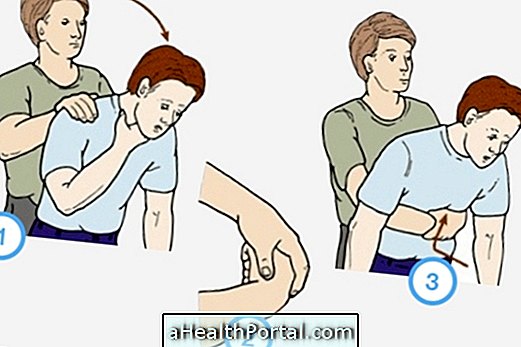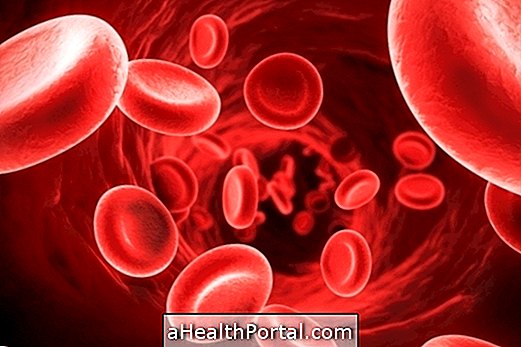The seizures happen due to abnormal electrical discharges in the brain, which lead to the involuntary contraction of several muscles of the body. Usually, seizures last only a few seconds, but can also extend for 2 to 5 minutes, for example, and happen several times in a row.
During a period of convulsion what is advised to do is:
- Make room for the person by pushing away objects that are near, such as tables or chairs;
- Loosen tight clothing, especially around the neck, such as shirts or ties;
- Place the person lying on his or her side to prevent him from choking on his tongue or vomit.
Convulsive episodes can happen in some people due to illnesses, such as epilepsy, but can also happen due to lack of blood sugar, drug or alcohol withdrawal and even due to high fever. Learn more about seizure and why it happens.
Generally, the onvulsion is not serious and does not affect the health of the person, however, it is important to go to the hospital to identify the cause and initiate the most appropriate treatment, especially if the person is not yet diagnosed of any disease that can cause this type of symptom.

What not to do
During a seizure, avoid:
- Try to immobilize the person or tie the limbs as it may result in fractures or other injuries;
- Put your hand on the person's mouth, as well as objects or cloths;
- Give food or drink, even if you are suspicious of a drop in blood sugar.
After the seizure it is normal for the person to feel confused and not remember what happened, so it is also very important not to leave the person until he or she fully regains consciousness, even if the seizures are over.
How To Identify a Seizure
The most typical sign of a seizure is the presence of sudden and uncontrollable movements of the whole body. However, there are cases where the person may experience a seizure without exhibiting this type of muscle contraction, depending on the region of the brain where the electric discharges are occurring.
Thus, other symptoms that may indicate a seizure include:
- Loss of consciousness with fainting;
- Increased production of saliva;
- Loss of sphincter control;
- Look absent or eyes fixed on top or side.
In addition, the person can also become apathetic, failing to respond even when one comes in direct contact with it.





-o-que--sintomas-e-tratamento.jpg)

















